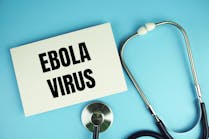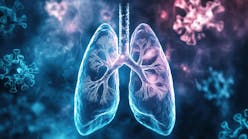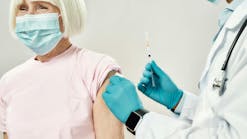Infectious mononucleosis, or mono, sidelines high school athletes every year. Kids who play sports aren’t more susceptible to the disease. Instead, adolescent competitors are at a greater risk for one of the illness’s serious complications—splenic rupture.
Mono starts with fatigue, sore throat, fever and swollen glands. By then, it’s invaded the lymphatic system, which can cause spleen enlargement.
For athletes, that’s a danger because the trauma and pressure on the abdomen involved in many sports can cause the spleen to burst.
“It’s rare—occurring in less than 0.5 percent of patients—but an infected athlete can rupture their spleen without warning within 21 days after symptoms begin,” said Dr. Lindsay Lafferty, a primary care sports medicine physician at Penn State Health. “The rate declines after four weeks, but ruptures have occurred up to eight weeks after an athlete first notices symptoms.”
The onset of mono can be challenging to identify because of its long incubation period and the variable nature of symptoms. Heterophile antibody, or monospot, testing is commonly used to diagnosis it. Antigen testing for the Epstein-Barr virus and viral capsid antigens can provide a more definitive diagnosis earlier.
Lafferty said it’s also challenging to determine whether a spleen may rupture. Ultrasounds and CT scans are unreliable because the normal size of a spleen fluctuates. Without a baseline measurement, imaging can’t accurately determine if a spleen is enlarged or in danger of rupture.
Treatment for mono includes rest, hydration and pain relief. Acetaminophen should be used with caution given the effects mono can have on the liver. Recovery may take months in prolonged cases. Protective equipment, such as flank jackets or protective braces, haven’t been shown to reduce splenic rupture and aren’t recommended. Isolation isn’t necessary, but hand-washing and avoiding the sharing of water bottles can help prevent transmission.




